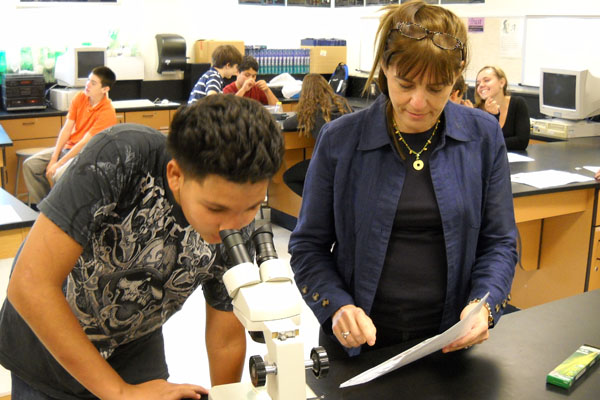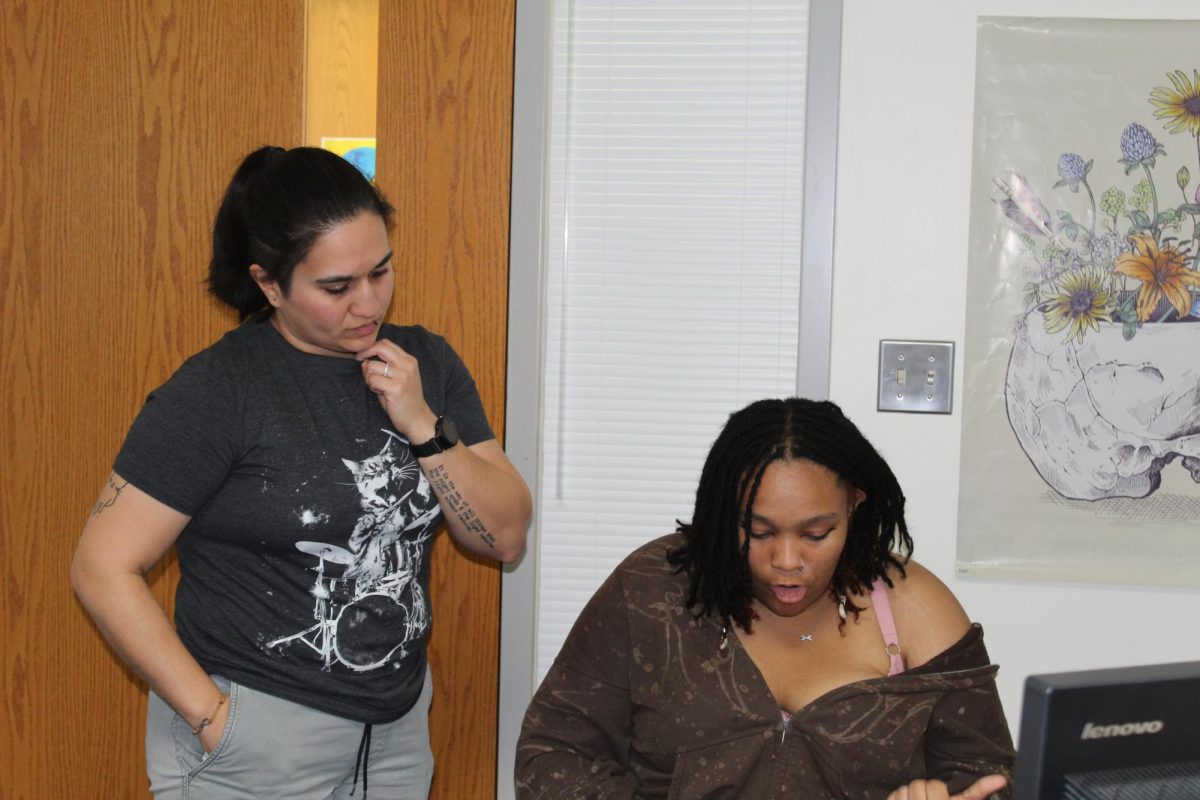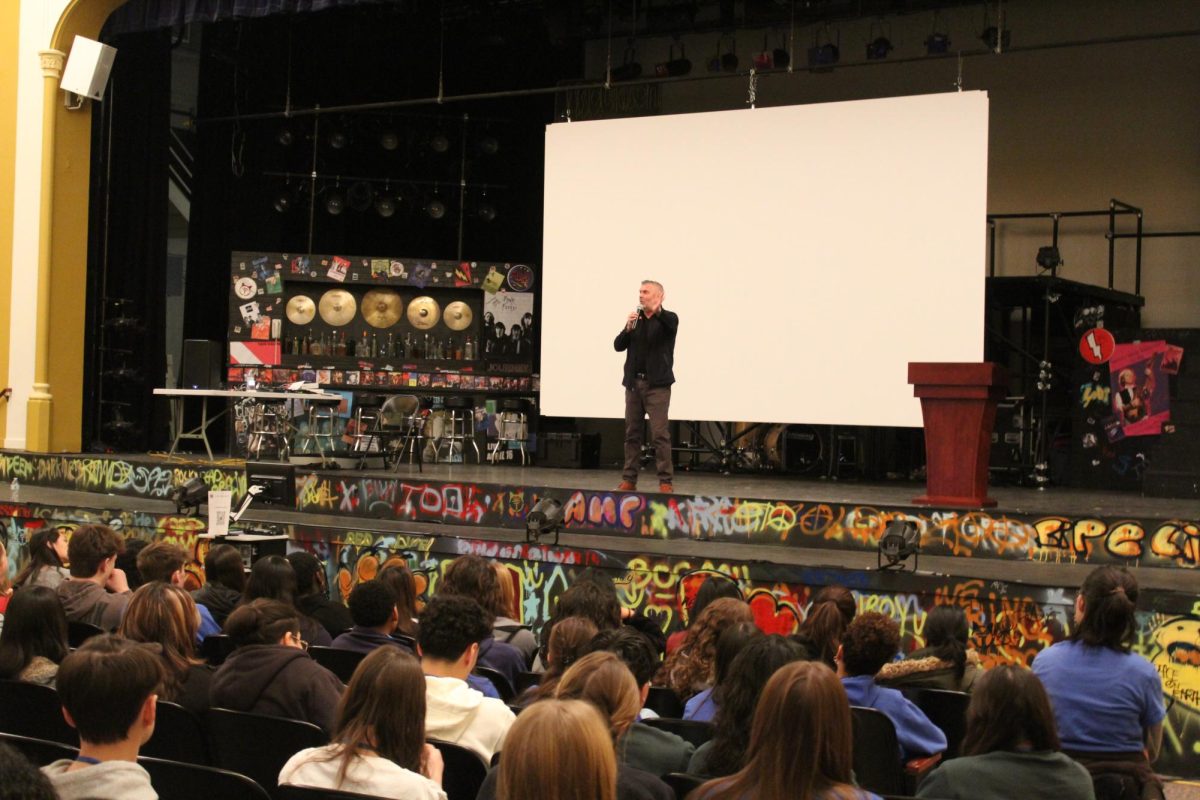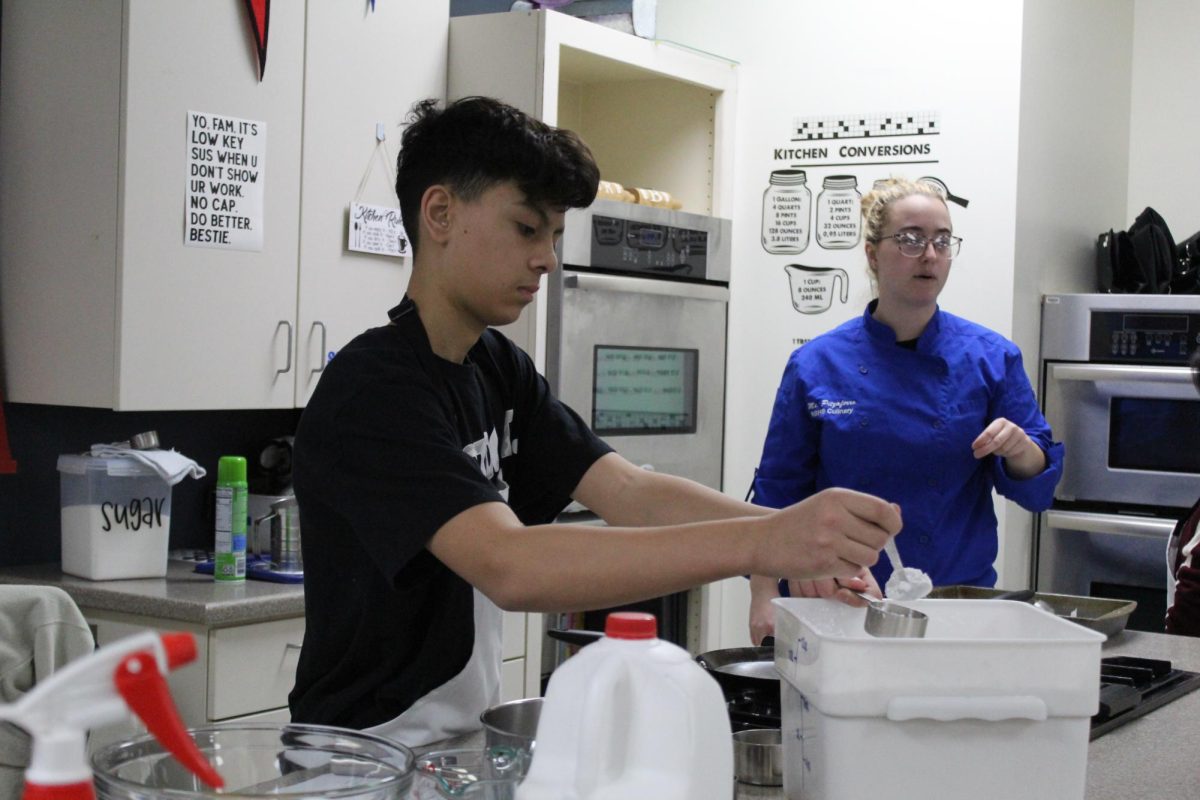After the failure of last year’s referendum, RB not only cut over 20 clubs, but also eliminated some of its academic programming. One of the notable classes eliminated was the School of Environmental Education, or SEE Team.
In all likelihood, that’s going to change in 2012-2013.
SEE Team was a set of interdisciplinary classes (English, Math, Biology, and Wellness) where incoming freshmen had the chance to learn more about the environment. The curriculum included reading environmental books and discussing the implications of current environmental news. Students also got to improve their knowledge of the environment by taking field trips, doing service projects, and clearing out unwanted and invasive plants in the woods behind the school.
“My favorite thing about SEE Team was going on so many field trips. My favorite one has to be when we went SCUBA diving in the pool. It was too raw,” said former SEE Teamer Curtiss Stewart.
SEE Team was first pioneered by Assitant Principal of Curriculum and Instruction Tim Scanlon and former RB Science Chair Troy Gobble. Scanlon brought the idea to to the school board, and with the help from supporting staff members, the board approved the class and it became a part of the curriculum in 2005 – 2006.
The team was cut last year due to enrollment and budgetary issues. After the failure of the referendum, the school board had to take a close look at class sizes and the costs associated. Due to its unique programming, SEE Team involved a range of additional expenses, including smaller class sizes, bus fees for field trips, and a stipend for a liaison to the Brookfield Zoo.
The cutting of the team last year provoked strong community reaction. The move raised complaints from not only former members involved in SEE Team, but also staff members, staff of the Brookfield Zoo with which the program partnered, and community members who contributed to the activities of SEE Team. At the board meeting where former SEE Team teachers Daniel Mancoff, Jame Holt, and Jen Waldock presented to the school board about the value of the program, the board room was packed with over forty parents and students supporting the team, and visitor comments calling for the team’s reinstatement lasted well over half an hour.
“I loved [the team]! I was so close with everyone who took the course with me. It felt like we were a family,” said Caitlyn Moravecek.
During registration this year, the team was allowed the opportunity to enroll, but its reinstatement still hinged on whether or not enough freshmen signed up for the team. The key number seemed to be reaching at least 60 students, which would allow the team to meet the minimum class size of 20 that was set by the board’s new policy.
It was a tough fight to help reinstate SEE Team, but the board is now letting incoming freshmen enroll in the SEE Team for the 2012-2013 school year. The board is doing this to have a better understanding of what students would like to be a part of this returning program.
Clarion got the chance to talk to Tim Scanlon about his point of view about SEE Team starting up again.
“‘I am very excited to see the program (SEE Team) running again,” he said,
Though the team is returning, there will be differences from previous years. There will be fewer field trips than the previous SEE Teamers had the chance to take. The course will also cut a class called Environmental Enrichment (EE). In this class, the students read articles about the environment and discussed topics about becoming more environmentally friendly. They also will cut the liaison from the Zoo who helped plan out SEE Team activities. All of these changes were made to help the team enroll while still working within the budget of the school.
“There are many things being cut for next year, but it will all be worth it at the end,” said Scanlon.
The team still has money saved from previous years that was never used. They will use this money to help offset the budget cuts.
“I’m happy that students will have a chance to experience what I did last year,” said former SEE Teamer Amy Zyck.







